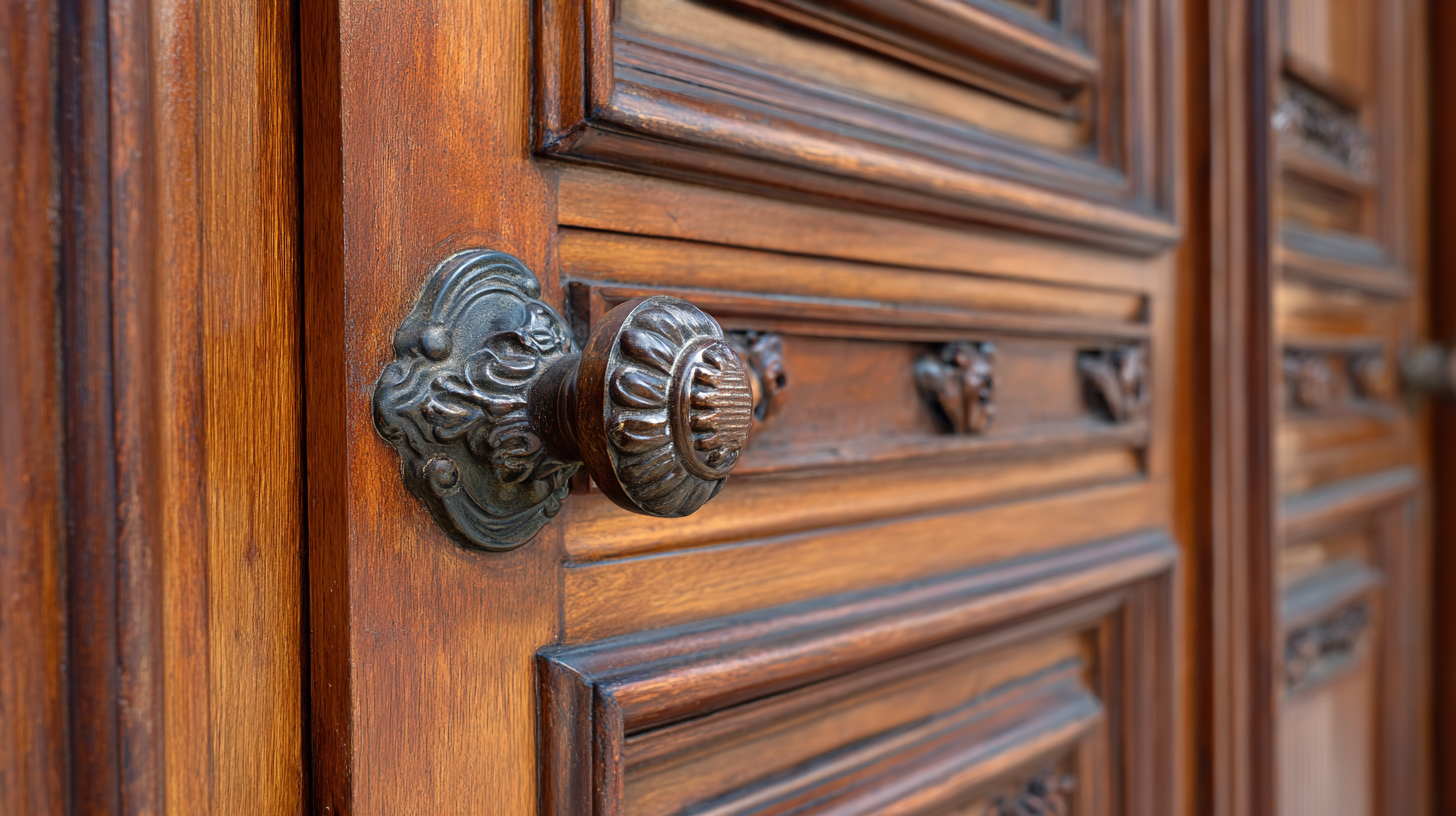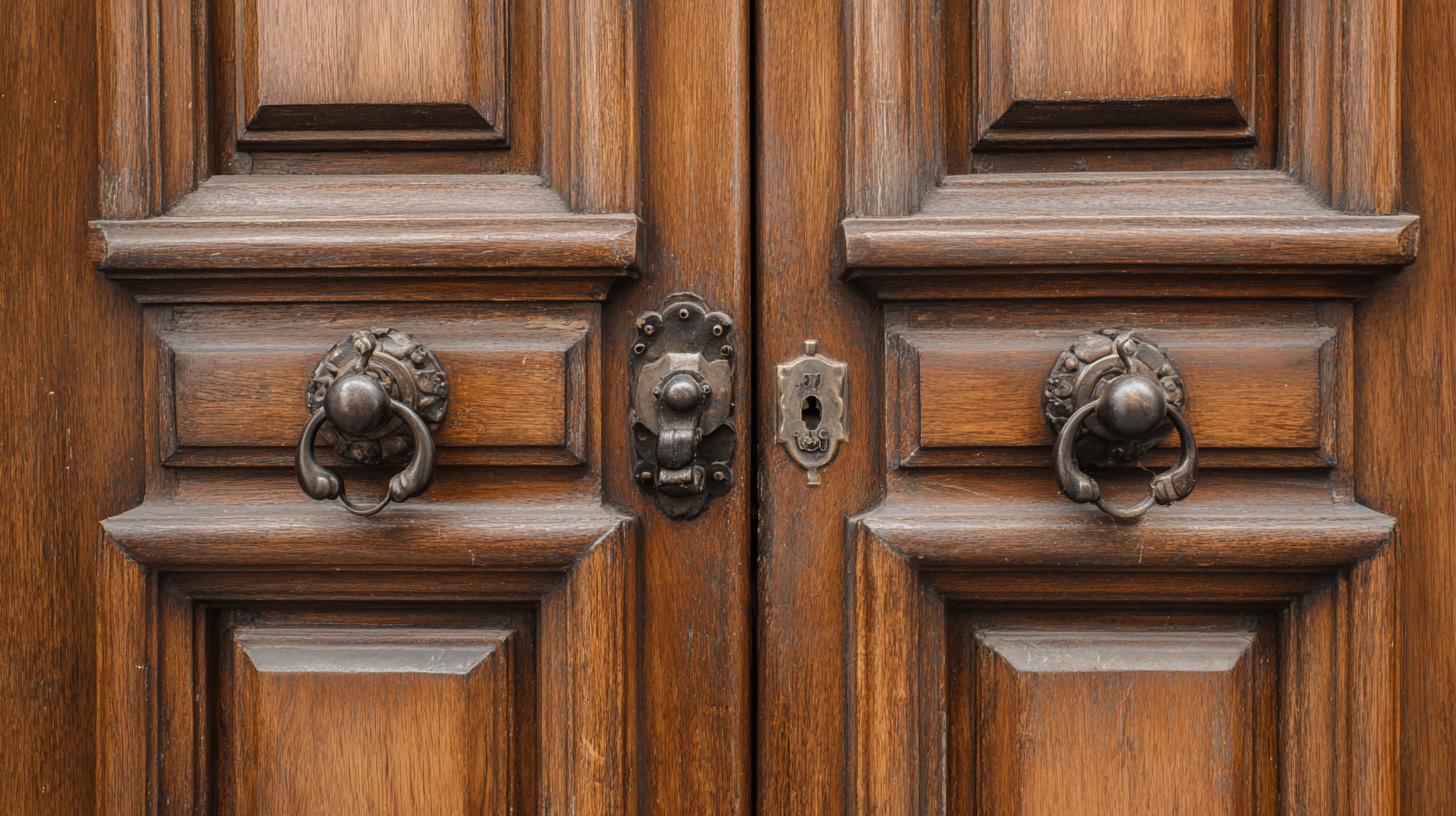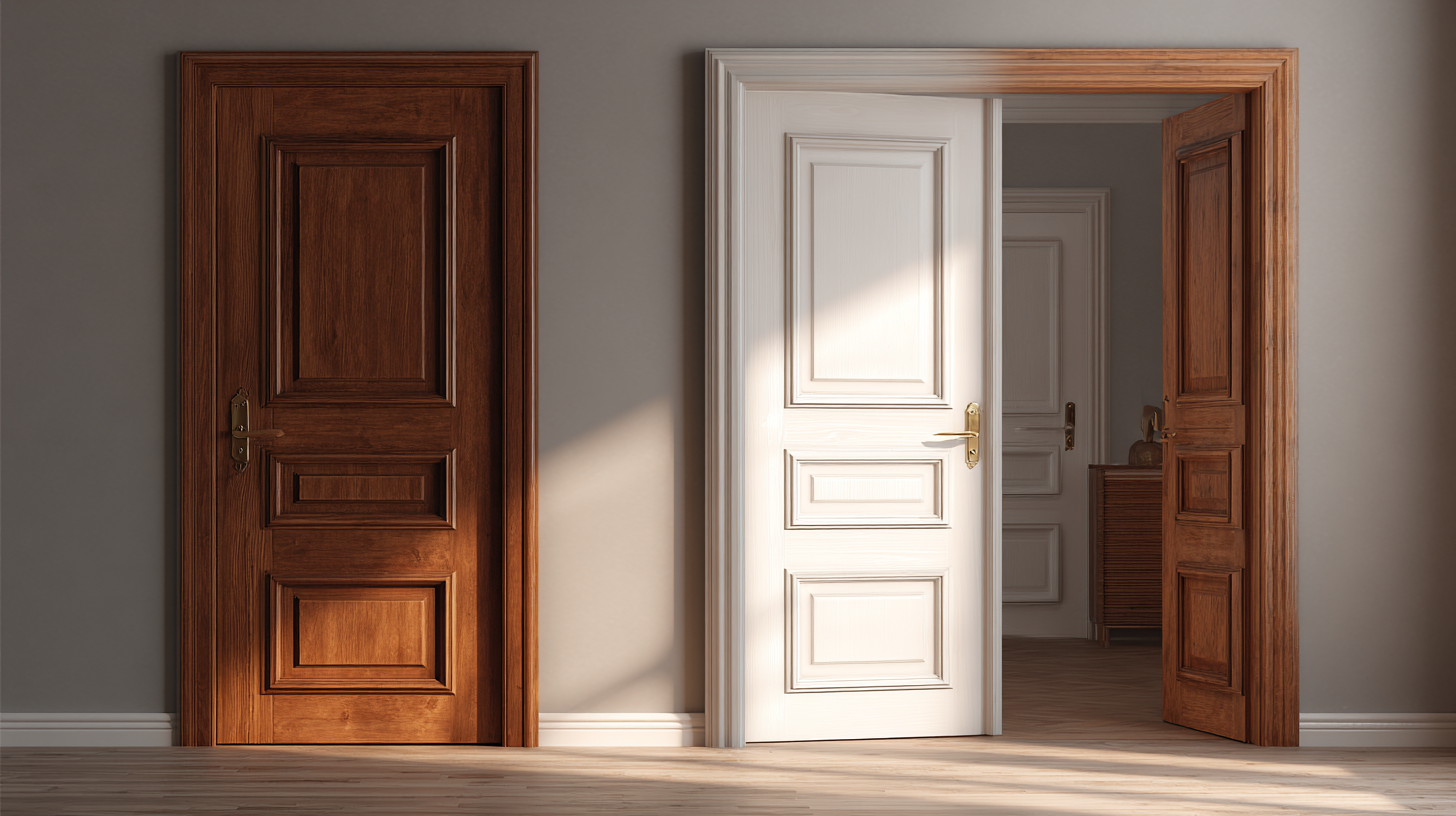Unlocking the Cost Benefits of Choosing the Best Wood Door Replacement with 5 Essential Maintenance Tips
In the realm of home renovation,
"wood door replacement" stands out as a strategic investment that not only
enhances curb appeal but also contributes to
energy efficiency and overall home value. According to the
Remodeling 2023 Cost vs. Value Report, homeowners can expect to recoup about
60-70% of their investment in a quality door replacement at resale, making
it a financially savvy choice. Additionally, studies indicate
that well-maintained wood doors can significantly reduce energy costs, as they provide better insulation compared
to older models. However, to maximize the benefits of wood door replacement, proper maintenance is crucial.
Implementing essential upkeep strategies can prolong the lifespan of your doors, ensuring they remain functional
and aesthetically pleasing for years to come. In this blog post, we will explore the cost advantages of choosing
the best wood door replacement and provide five essential maintenance tips to help you maintain their performance
and appearance.

Understanding the Financial Gains of Wood Door Replacement
When considering the financial gains of wood door replacement, it’s essential to recognize the long-term benefits that quality doors can offer. Investing in the best wood doors not only enhances the aesthetic appeal of your home but also contributes to energy efficiency and security. A sturdy, well-insulated wood door can significantly reduce heating and cooling costs, which translates to substantial savings over time.
To ensure you maximize these benefits, regular maintenance is crucial. First, keep your wood door properly sealed and painted to protect it from moisture and sun damage. This simple practice can extend its lifespan and maintain its appearance. Additionally, check the hinges and locks regularly, applying lubricant as needed to prevent wear and ensure smooth operation. Lastly, consider adjusting the door alignment if you notice any gaps, as this can help improve insulation and security while also enhancing the door's longevity. By following these essential maintenance tips, homeowners can unlock the full potential of their investment in wood door replacements.
Unlocking the Cost Benefits of Choosing the Best Wood Door Replacement with 5 Essential Maintenance Tips
| Maintenance Tip |
Frequency |
Estimated Cost Savings ($) |
Lifespan Impact (Years) |
| Regular Cleaning |
Monthly |
$50 |
1 |
| Sealing and Staining |
Every 1-2 years |
$200 |
2 |
| Inspecting Hardware |
Quarterly |
$25 |
1 |
| Weatherproofing |
Annually |
$150 |
3 |
| Addressing Rot and Damage |
As needed |
$300 |
4 |
Identifying Common Issues Associated with Wood Door Types
When it comes to wood door replacement, understanding common issues associated with different wood types is crucial for making informed decisions. A report by the American Forest & Paper Association identifies that over 40% of homeowners experience wood door problems due to moisture damage, leading to warping and rot. This issue is particularly prevalent in areas with high humidity, where the integrity of the wood can be compromised. Choosing the right type of wood, such as mahogany or cedar, which are known for their natural resistance to these conditions, can dramatically reduce maintenance costs over time.
Additionally, wood doors often face challenges like insect damage and surface wear. According to a study by the National Wood Window and Door Association, approximately 30% of wood doors suffer from pest infestations, resulting in costly repairs. Regular maintenance is essential to prolong the life of a wood door; this includes applying sealants and finishes to protect against both pests and environmental factors. By being proactive with maintenance and selecting high-quality materials, homeowners can unlock significant cost benefits and enhance the longevity of their wood doors.

Key Factors to Consider When Selecting the Right Wood Door
When selecting the right wood door for replacement, several key factors should be carefully considered to maximize both aesthetic appeal and functional longevity. First and foremost, the type of wood plays a crucial role in durability and appearance. According to the Wood Industry Market Research, species such as oak, mahogany, and walnut not only provide a classic look but also offer greater resistance to warping and weathering, ensuring your investment lasts longer.

Another critical aspect is the door's insulation properties. Energy-efficient doors can significantly reduce heating and cooling costs, with the U.S. Department of Energy reporting that quality wood doors can improve energy efficiency by as much as 15%. Additionally, door thickness and core construction—solid versus hollow cores—impact both sound insulation and overall security. A solid-core wood door not only enhances soundproofing but also provides a stronger barrier against forced entry, which can be a vital consideration for homeowners prioritizing security. Thus, understanding these key factors can lead to informed decisions that align with both functional requirements and stylistic preferences.
Essential Maintenance Tips to Extend the Life of Your Wood Door
Wood doors are not only aesthetically pleasing but also offer excellent insulation and security. However, their longevity significantly depends on regular maintenance. According to the National Association of Home Builders, well-maintained wood doors can last up to 30 years, while neglected ones may require replacement in as little as five years. To maximize the lifespan of your wood door, consider these essential maintenance tips.
First, ensure your wood door is sealed properly. Regularly check for cracks or peeling paint and reapply sealant every 1-2 years, especially if you live in an area with harsh weather conditions. A report from the American Society of Home Inspectors states that exterior wood doors are most vulnerable to moisture, leading to warping and mildew. Hence, keeping your door well-sealed is crucial in preventing such issues.
Secondly, maintain the hardware. Lubricating hinges and locks every six months can prevent corrosion and ensure smooth operation. According to the Door and Hardware Institute, simple maintenance like this not only extends the door's functional life but also enhances security. Lastly, consider refinishing your wood door every few years to protect it from the elements while retaining its beauty. By following these maintenance tips, you can unlock significant cost benefits while enjoying the aesthetic and functional advantages of your wood door for decades to come.
The Long-Term Value of Investing in Quality Wood Doors
Investing in quality wood doors can yield significant long-term value, providing both aesthetic and functional benefits that far outweigh the initial cost. According to the National Association of Home Builders, a well-chosen wood door can return up to 95% of its value upon resale. This statistic highlights the durability and appeal of solid wood options, especially when they are maintained properly. Additionally, wood doors provide excellent insulation, leading to improved energy efficiency—research indicates that high-quality exterior doors can reduce heating and cooling costs by up to 20%.
Moreover, choosing the best wood doors contributes to home security and noise reduction. A report from the Door and Access Systems Manufacturers Association reveals that a high-quality wood door can effectively block outside noise by up to 30%, offering a more serene living environment.
To maintain this long-term value, homeowners should adhere to essential upkeep guidelines such as regular sealing, repainting every few years, and checking for signs of wear. Implementing these simple maintenance practices can extend the life of wood doors, ensuring that they remain not only a beautiful entryway but also a sound investment for years to come.